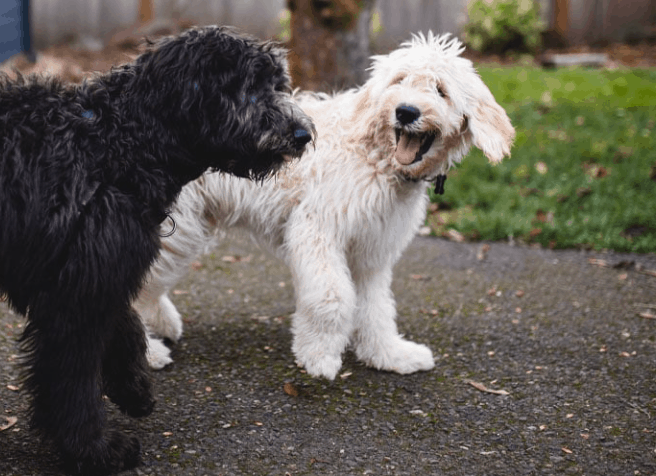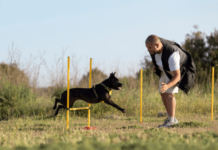Last Updated on August 12, 2023 by Dogs Vets
Top 7 Dog Breeds That Are Easy To Train
Unleash Your Dog’s Potential with These Highly Trainable Breeds
Are you ready to embark on a rewarding journey of canine companionship? Training a dog can be a delightful experience when you have the right breed by your side.
Whether you’re a first-time dog owner or a seasoned pet enthusiast, choosing a breed that’s easy to train can make all the difference in your furry friend’s behavior and your overall happiness.
In this comprehensive guide, we’ll introduce you to the top 7 dog breeds that are renowned for their trainability and willingness to learn.
1. The Ultimate Companion
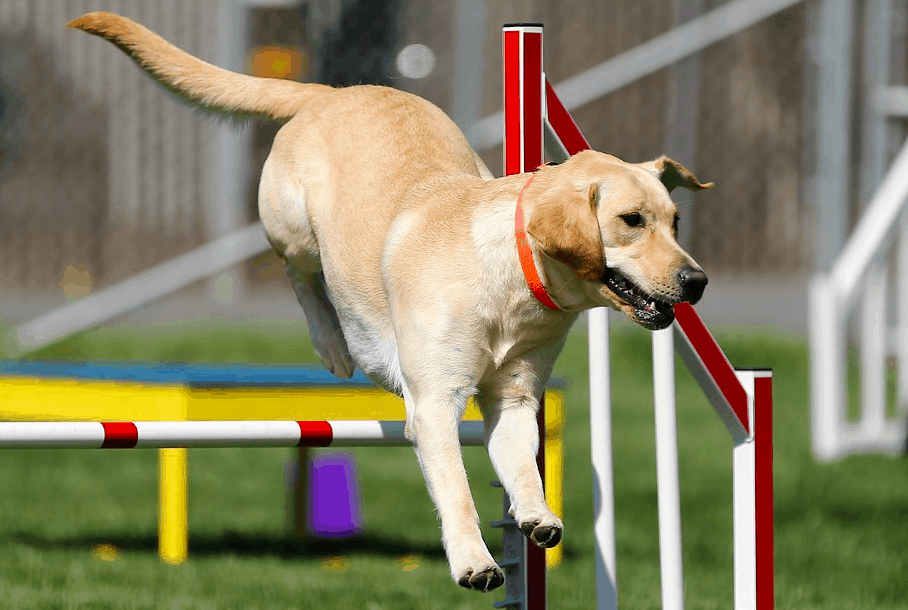
If there’s a breed that effortlessly combines intelligence, obedience, and affection, it’s the Labrador Retriever.
With their friendly disposition and eagerness to please, Labradors are a popular choice for families and individuals alike. Their high level of intelligence makes training sessions a breeze, and they thrive on positive reinforcement.
From basic commands to advanced tricks, Labradors are quick learners and adaptable to various environments.
2. German Shepherd: The Canine Prodigy

German Shepherds have long been celebrated for their exceptional intelligence and versatility. Whether as working dogs in law enforcement or beloved family pets, their loyalty and trainability shine through.
These dogs are quick to grasp commands and excel in advanced training activities like agility and scent work. Establishing a strong bond through consistent training routines is key to unlocking their full potential.
3. Poodle: Elegance Meets Intelligence
Don’t be fooled by their stylish appearance – Poodles are among the most intelligent dog breeds. Their hypoallergenic coat and graceful demeanor make them stand out, but it’s their remarkable ability to learn that truly sets them apart.
Poodles thrive on mental stimulation, so engaging in puzzle toys and interactive games enhances their cognitive skills. Their adaptability to various training techniques makes them an ideal choice for owners with different training preferences.
4. Border Collie: A Natural Wonder

When it comes to herding and intelligence, the Border Collie reigns supreme. These dogs are born with an innate desire to work closely with their human companions, making them exceptional partners for training endeavors.
Their boundless energy requires outlets, such as obedience training, agility courses, and even competitive sports. Mental and physical challenges keep them engaged and prevent boredom-related behaviors.
5. Golden Retriever: Kindness and Trainability

Golden Retrievers are renowned for their gentle nature and high level of trainability. Their love for people and their eagerness to learn make them a joy to train.
Whether you’re teaching them basic commands or more complex tricks, Golden Retrievers respond well to positive reinforcement and praise. Their sociable demeanor and adaptability to various environments ensure they thrive in various living situations.
6. Shetland Sheepdog: Small Dog, Big Potential
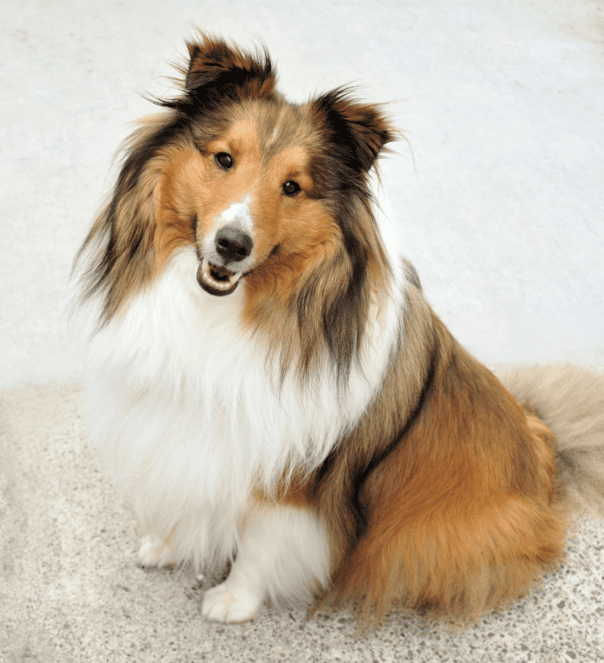
The Shetland Sheepdog, often referred to as a “Sheltie,” may be smaller in size, but their intelligence and agility are far from small.
These pint-sized dogs are quick learners and excel in obedience and agility competitions.
They have a strong desire to please their owners and can pick up new commands with ease. Consistency, patience, and a variety of training methods will bring out the best in these remarkable dogs.
7. Australian Shepherd: Work Hard, Play Hard
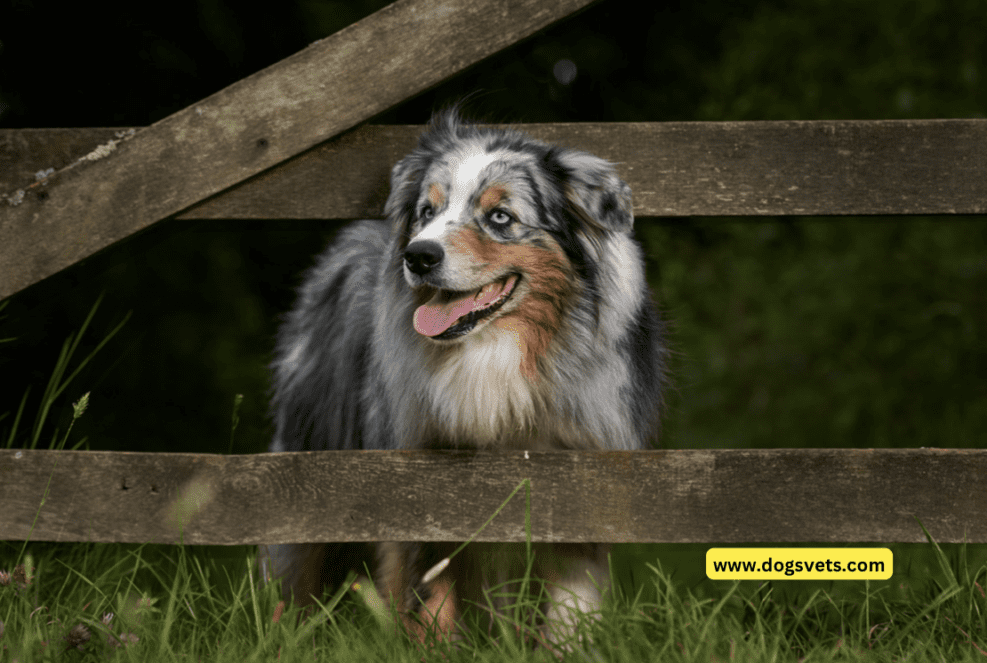
Australian Shepherds are known for their boundless energy and herding prowess, but their trainability is equally impressive.
These dogs thrive on mental and physical challenges, making them excellent candidates for advanced training activities.
Regular exercise and interactive training sessions are essential to channel their energy constructively. With the right guidance, Australian Shepherds can become well-behaved companions and star performers in dog sports.
Conclusion: Unlocking Your Dog’s Potential
Training a dog is a partnership that requires patience, dedication, and a deep understanding of your chosen breed’s characteristics.
The top 7 dog breeds highlighted in this article share a common trait: they are all highly trainable and eager to learn.
Whether you opt for the intelligence of a Border Collie or the affection of a Golden Retriever, your efforts will be rewarded with a well-behaved and loving companion.
FAQs
Are these breeds suitable for families with children?
Absolutely! Many of these breeds have gentle and friendly temperaments, making them great choices for families with children.
Do these breeds require a lot of exercise?
Yes, most of these breeds are energetic and thrive with regular exercise and mental stimulation.
Can I train these breeds on my own, or should I seek professional help?
While these breeds are generally easy to train, seeking professional training assistance can ensure a smoother learning process.
Are there specific training methods that work best for these breeds?
Positive reinforcement techniques, such as treats and praise, tend to be highly effective with these breeds.
Do any of these breeds have grooming requirements?
Yes, some breeds, like Poodles, require regular grooming due to their coat type.
Can these breeds adapt to apartment living?
Yes, with proper exercise and mental stimulation, many of these breeds can thrive in apartment settings.
Do these breeds get along well with other pets?
While individual temperament varies, most of these breeds can be socialized to get along with other pets.
Remember, choosing the right breed is only the beginning. Building a strong bond through consistent training and positive reinforcement is key to fostering a loving and well-behaved furry companion.
Sources: AKC, American Kennel Club
Fact Check
We strive to provide the latest valuable information for pet lovers with accuracy and fairness. If you would like to add to this post or advertise with us, don’t hesitate reach us. If you see something that doesn’t look right, contact us!

